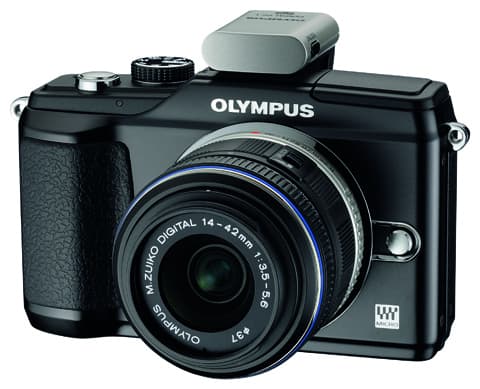Olympus has launched its next Micro Four Thirds camera in the shape of the E-PL2 as it predicts UK compact system camera sales heading towards 40% of all interchangeable-lens models.
The E-PL2 will ship with Olympus?s already announced 14-42mm lens, which is smaller, lighter and claimed to focus more quickly than the current version.
Out this month priced £549 (including lens), the 12.3-million-pixel E-PL2 features a ?bigger, brighter LCD? (3in, 460,000-pixel screen) and adjustable art filters.
?The camera takes the dramatic tone filter first seen on the E-5 [DSLR] and lets you adjust the effect rather than just take what the camera gives you,? said
an Olympus spokesman.
?This extends the creative input the photographer can have while taking the image, rather than having to make changes later on a computer,? he added.
Olympus has upgraded the art filters feature ? which also works in HD movie mode ? allowing photographers to overlay effects on images to which art filters have already been applied.
The SDXC memory card-compatible newcomer is also equipped with a jog dial. ?The new live wheel on the back makes it easier to navigate menus and pick out the right feature or mode??
Also new is an optional hotshoe-mountable Bluetooth wireless adapter, allowing the photographer to transfer images to a compatible Android mobile phone, for example ? a move designed to tap into the growing ?social networking generation?.
The ?PenPal? Bluetooth communication unit, priced around £70, can store up to 2,600 images, according to Olympus.
Compatible conversion lenses will include fisheye (£130), wideangle (£80) and macro (£50).
Also new is a macro arm light, an optional £50 device that plugs into the camera?s accessory port and is designed to provide lighting for macro shots. It features two LED lights that are powered by the camera and which can move independently.
Olympus claims that compact system cameras now account for more than 20% of all UK interchangeable-lens camera sales.
In Japan they make up more than 40%.
The camera was officially unveiled at the CES show in Las Vegas.









